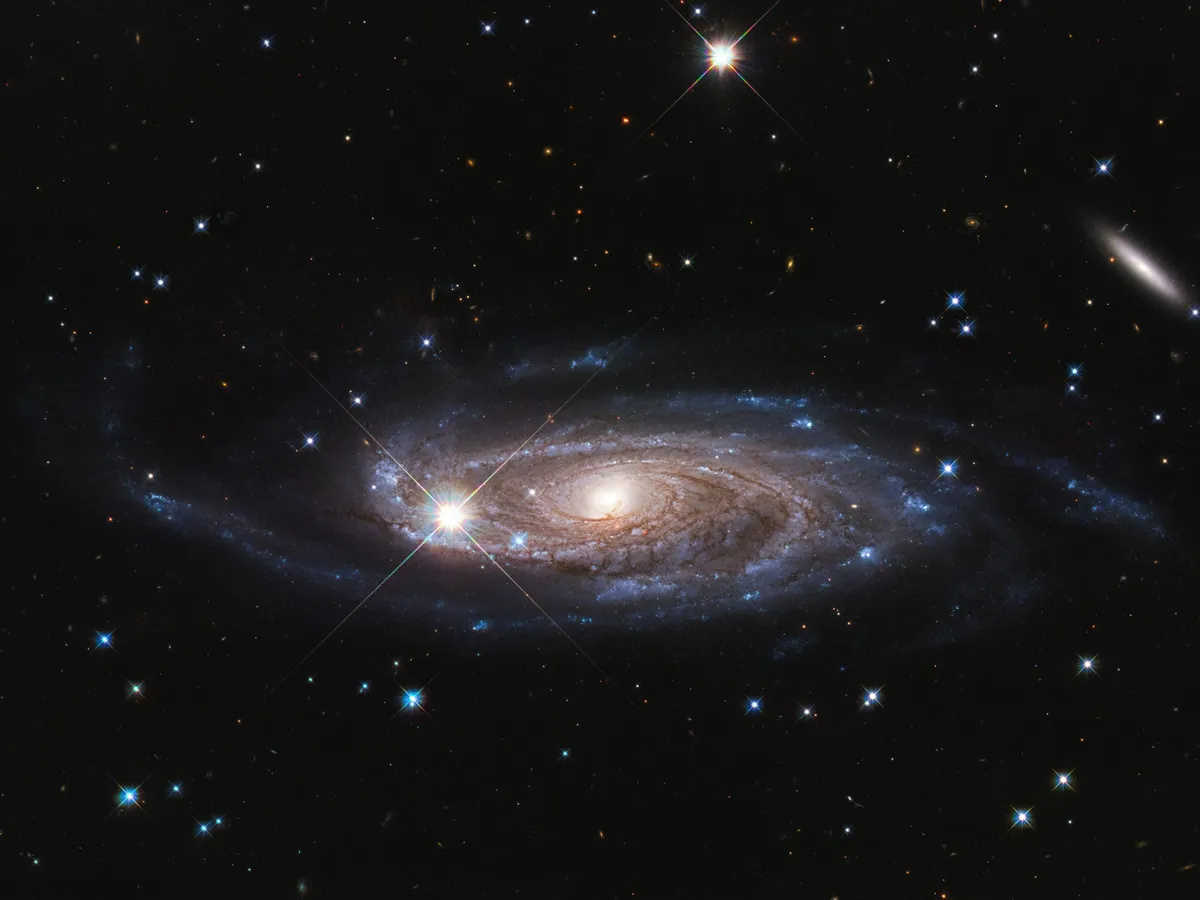It may be the largest galaxy in our local Universe, but UGC 2885 isn’t throwing its weight about. Sitting quietly in a vacant area in Perseus, its beautifully intact disk suggests peaceful millennia have passed without it consuming smaller nearby galaxies or colliding with them.
Benne Holwerda of the University of Louisville, Kentucky, who observed the giant with the Hubble Space Telescope, has dubbed it Rubin’s Galaxy, in honour of pioneering American astronomer Vera Rubin (1928–2016).
It was her studies of unusual rotation rates in UGC 2885 and other galaxies that pointed to the existence of something invisible at play, an unseen substance with a gravitational influence – dark matter.
Rubin’s Galaxy contains a trillion stars, although the bright star blazing near the centre of this picture isn’t one of them.
That's a foreground star located 232 million lightyears closer to Earth.
Image stats
Observatory Hubble Space Telescope
Release date5 January 2020
Image credit NASA/ESA and B. Holwerda (University of Louisville)

